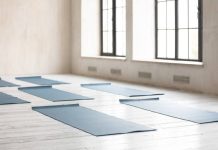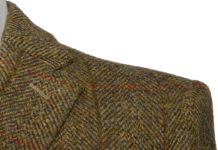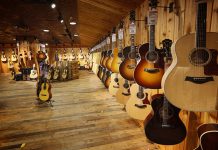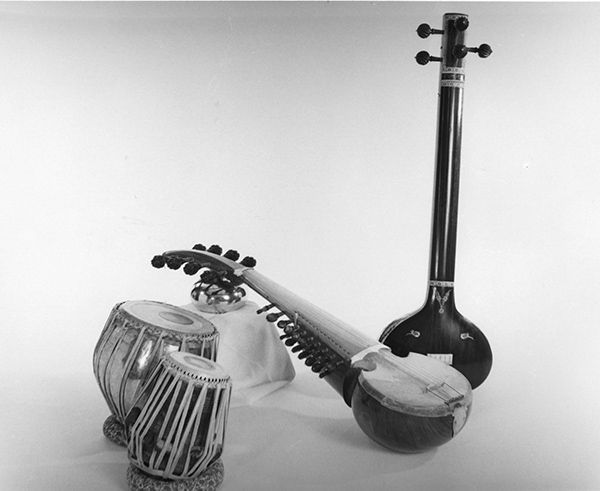India is surely no outsider to music. This place that is known for supernatural magnificence and a heap society, likewise plays home to a portion of the world’s most outlandish classical Indian music instruments. India has been intently in contact with its melodic side since hundreds of years and there are various instruments hailing from various pieces of the nation.
The classical Indian music instruments have developed throughout the hundreds of years and are available to all across Indian expresses, each with its own special sound and selectiveness. In any case, purchasing classical Indian music instruments to suit your taste and abilities isn’t simple and requires however much research as could be expected. Before you go trekking through web space in search of your future classical Indian music instruments, glance through this brisk guide sketching out the most well known traditional instruments made in India.
The absolute most mainstream classical Indian music instruments have a place with the percussion family. Indians love tuning in to the beat drop, truly. This is presumably why every percussion instrument created and promoted across India and the world has a profoundly conspicuous unmistakable note.
The absolute most famous percussion classical Indian music instruments are:
Sitar – The Sound of India
Most likely no other classical Indian music instruments has a more commonly Indian sound than the sitar. Fundamentally because of the widely acclaimed sitar ace Ravi Shankar its gleaming sound has become the encapsulation of Indian music. It is an in fact requesting solo instrument, normally with 17 to 20 strings. Of these, solitary six or seven are utilized as playing strings.
The remaining 13 are not culled, yet vibrate in reverberation when their pitch is played on the tune strings. In this manner the thoughtful strings make a sort of inherent reverb. Like the tanpura the sitar has a gourd resonator with a long wooden neck. Numerous sitars have an extra second resonator up at the rear of the neck. Tied over the neck are metal frets. Squeezing the strings down on them changes the pitch – like a guitar.
One can likewise change the pitch by calling the shots along the side, in this manner expanding their pressure. This bowing procedure is especially appropriate for copying the nonstop developments of the human voice – all things considered, Indian old style music is completely gotten from singing. In any case, the horizontal pulling is additionally especially hard to ace. In any case, dread not – on an all around tuned sitar, even fledglings can rapidly make captivating regular Indian sounds!
Harmonium – Europe in India
The harmonium, a colossally handy, simple to-play instrument, has generally supplanted the sarangi in vocal backup today. It was created in the nineteenth Century in Europe and afterward imported to India and altered. In the West, it is presently basically wiped out, however in India it flourishes as the all inclusive backup for all old style and semi-old style singing with respect to reverential tunes of different conventions, bhajan, kirtan and mantra reciting to qawwali and shabad.
The Harmonium doesn’t need to be tuned, you needn’t bother with training to deliver a sound and you can bolster a voice very well without getting in the way. You simply siphon the howls at the rear of the instrument press the keys on the console with the other – ideal for everybody. The harmonium isn’t utilized as an old style solo instrument, however.
Tabla – A Universe of Rhythm
The moving fingers on the tabla move quicker than the eye can follow, and produce a shining cadenced tropical storm that one could never have anticipated from a solitary performer. On the off chance that you have ever observed a decent tabla player in live execution you will in all probability always remember the experience. The tabla is one of the most unpredictable cadence classical Indian music instruments on the planet and offers an assortment of sounds as wide as that of an entire percussion troupe somewhere else.
It comprises two hand drums that are constantly utilized all together. The latter one is made of overwhelming wood and can both produce absolutely tunable ringer clear sounds just as clamor like slaps and taps. The bigger protruding drum, normally made of chromium-plated copper, gives the bass. By weight and development of the hand laying on the skin the pitch can be changed with mind blowing adaptability while playing, so the instrument is by all accounts talking truly.
Dhol/Dholak
Broadly utilized in bhangra, qawwali, kirtan and lavani music, the Dholak is maybe one of the most prominently utilized classical Indian music instruments hailing from India. This two-headed drum as a rule utilizes a screw-turnbuckle tensioning or the more conventional cotton rope binding. When contrasted with the Tabla, the Dholak is a more society music-driven instrument and comes up short on the tuning of the last mentioned.
As its name expresses, the Dhol starts from Punjab and goes back to the fifteenth century. This incredibly infectious percussion instrument was before utilized by Sikhs during wars and was later used to commend reap celebrations. Every one of the Dhol’s heads is made of goat skin, with one side utilized for bass while the other for treble. Given the way that the bass head has a bigger measurement, the Dhol is equipped for delivering a profound and ground-breaking bass tone.
LET’S START MAKING MUSIC!
Since you can separate between a dhol and a dholak, a sitar and a guitar, it’s a great opportunity to select the right classical Indian music instruments! Know your abilities and bring home an instrument that suits your taste consummately. Keep in mind, a guitarist doesn’t in every case essentially think that it’s simple to play a very much planned drumroll. The equivalent goes for Indian old style classical Indian music instruments!
You can buy classical Indian music instruments at the best and affordable online musical instruments store in India.



























